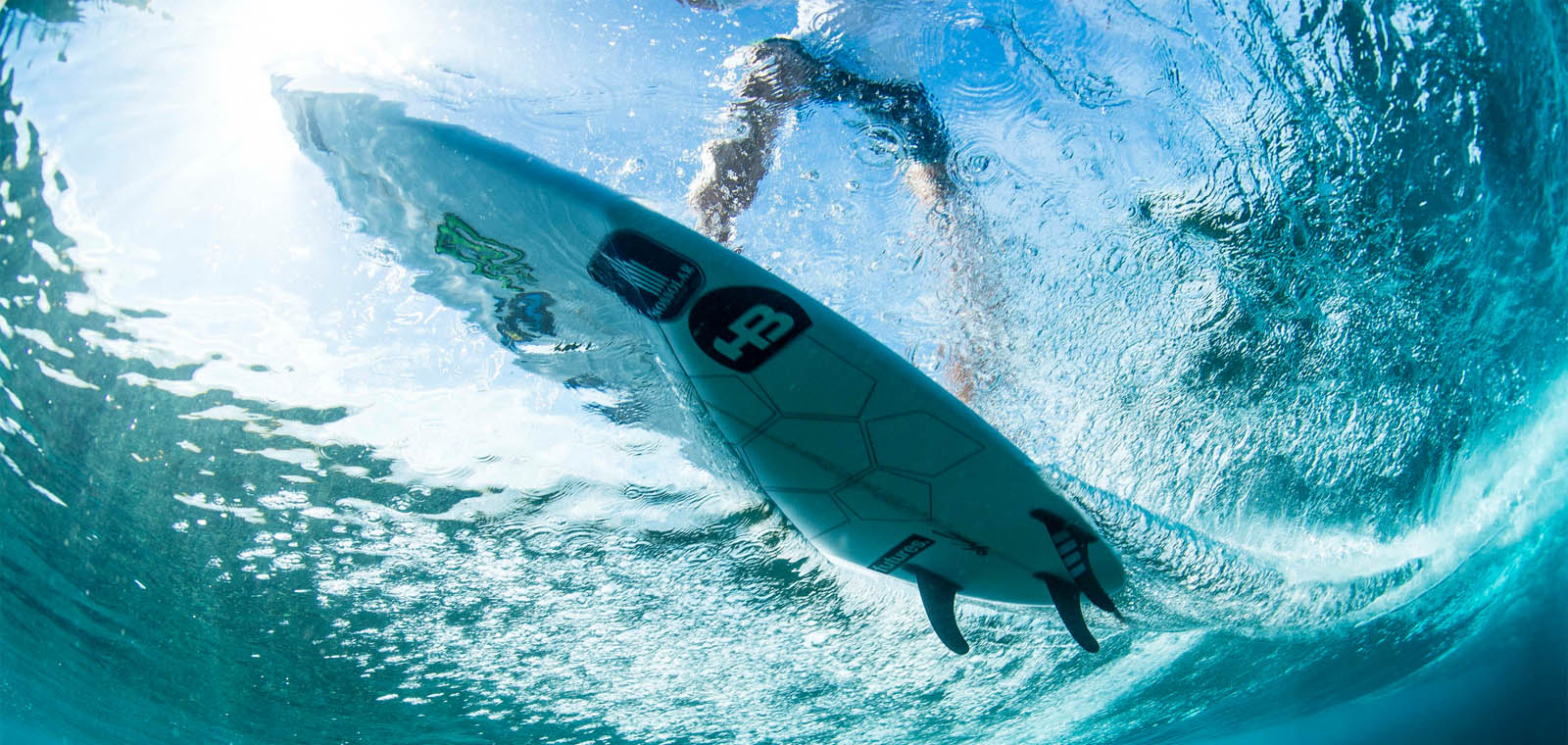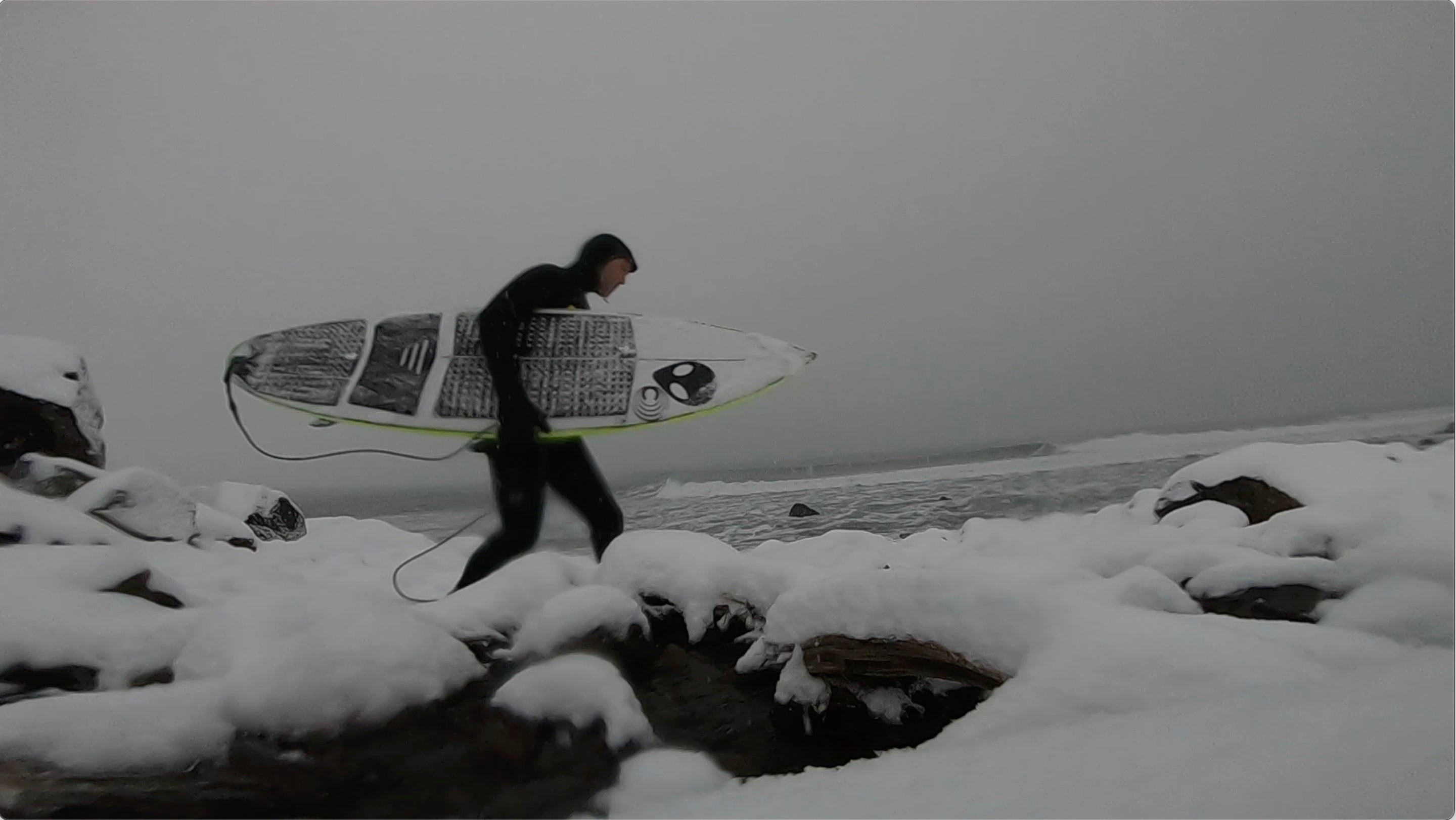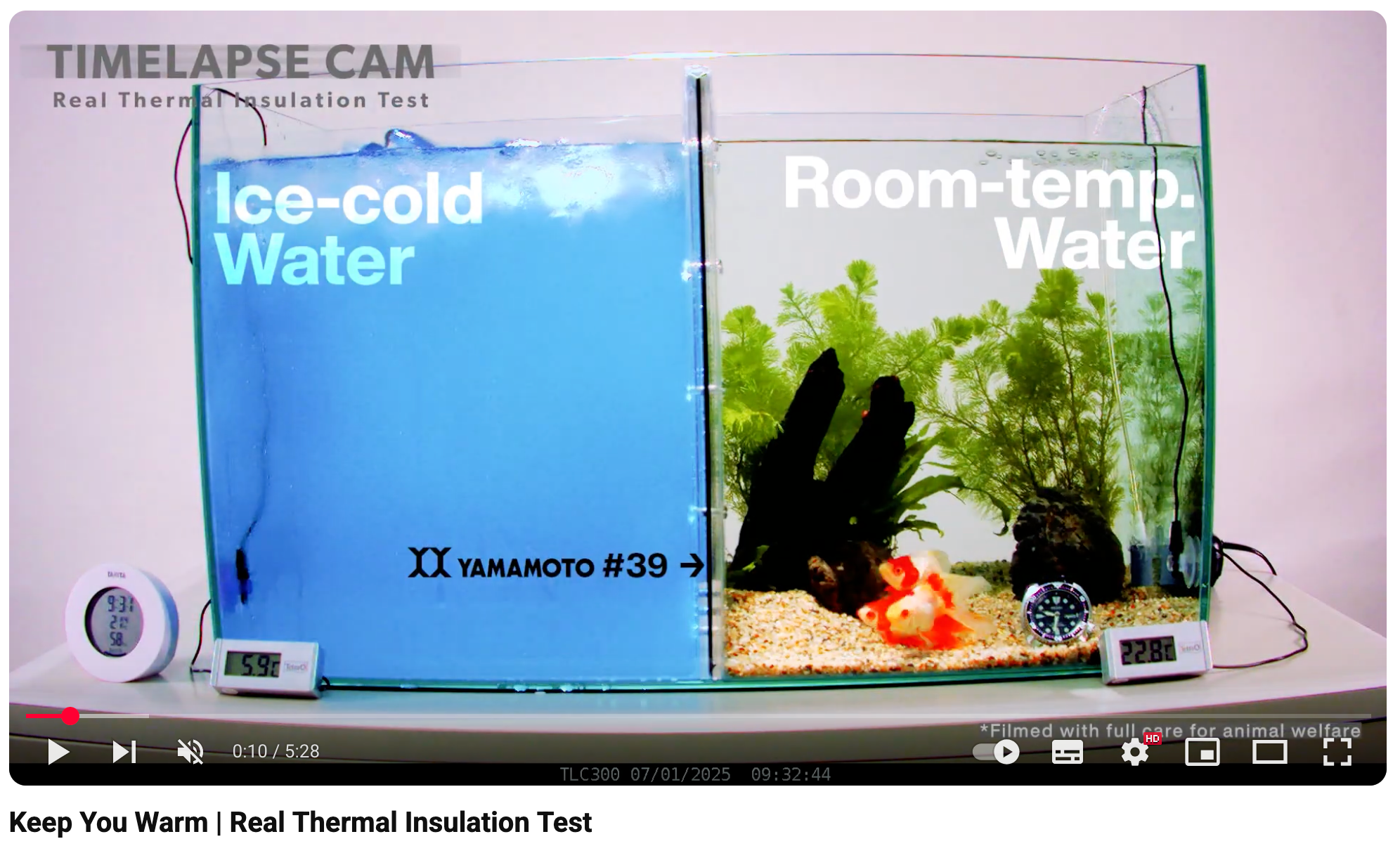
Surfboard fins have a huge impact on how your surfboard rides and how well you can surf it.
Putting the right fins in your board can not only help you surf better but also dramatically improve your surfing progression.
Firstly lets take a look at your boards setup.
Fin Box type.
There are 2 main types of removable fin systems.
A California company started in a garage 1996 by the Longo brothers Futures fins have pushed the evolution of surfboard fin design and continue to do so.
Futures Fins Statement.
“ As innovators, we are driven to improve, to never settle. Each wave is an opportunity to develop, to learn and grow. Surfers have been riding waves for hundreds of years, and it is with deep respect that we continually refine surf equipment with feedback from the elite surfers and shapers in the world. We continue to learn together so that we can in turn equip the beginning surfer to the world champ with the right product, and clear information so they can easily dial in their equipment. This is why we spend our resources on tools like The Ride Number and a bunch of in house engineers instead of relying on the next flashy advertising campaign.”
Fin Configuration.
Single fin.
Typically found on longboards and boards for smaller waves, the normally large fin limits the boards manoeuvrability and response. So if you like a relaxed, down the line ride with drawn out turns a single fin is a good choice.


Twin fin.
The twin fin surfboard has increased maneuverability and speed along with being more stable than the single fin. Twin fin designs produce a looser feeling board than the thruster. You are likely to see a twin fin setup on a traditional fish or more and more often nowadays also on modern shortboard/fish shapes.
Normally found on small boards, twin fins perform best in small waves they offer the rider a loose skateboard like feel.
Thruster (3 fins).
The most common setup on modern surfboards. With the addition of the rear centre fin adding hold and drive. The thruster setup is versatile and performs well in a great range of conditions. The 3 fin has lots of stability, drive and manouverability. So you can see why it is probably the most popular fin setup of the past 20 years. The thruster is awesome for top to bottom, vertical and high performance surfing. Unlike the twin fin or quads, which continually gather speed, the thruster needs the rider to be constantly turning from rail to rail to reduce the drag added by the rear fin.


Quad (4 fins).
A great all round setup. Fast in small waves and big waves alike. The quad offers great hold in bigger waves. They are especially good in the barrel, for ease of movement and taking different lines to ride the barrel. Noticeably, faster and more forgiving in the tube than a thruster is.
Lacking the back fin, the quad has a faster, looser, skatier than the thruster, but more control than the twin. You need to approach riding the wave on the quad differently to how your thruster performs. From the bottom turn, to on rail, off the lip, or performing tricks it will be happening at a higher speed and feel. There are many different sizes, templates of quad fins which can also make a huge difference to how your board rides. We look into this more in a minute, below. People sometimes find a slight delay in responsiveness compared to the thruster. Changing the cluster of where the fins are placed can dramatically change the way your quad rides. As can adding a small back knubster fin.
5 Fin. (Tri Quad)
You may have bought or chose to have a board with 5 fin boxes. Which is a great idea to mix up your boards fin configuration and performace depending on the day, surfspot, conditions or how you feel you want to ride. You can surf it as a twin, 2 plus 1 twin fin with a stabilising fin, thruster, quad or even with all five fins simply by adding in a quad stabiliser or knubster fin. The knubster fin will really increase your responsiveness, as well as providing directional control through turns. Using a knubster does not sacrifice your speed, flow or free flowing movement that you will typically associate wit the quad. So you are therefore gaining the best of both worlds from the quad and the truster combined into one.
Pictured is our Luna TMF knubster fin. A honeycomb centre fin that can be added to any set up. The knubster is epic for wide tail fishes/boards you are riding as a quad but would love a little more reaction time, hold and control. But what about in the barrel? The knubster adds drive and control as perfect compliment to those who like to ride a quad for the barrel.

Dimensions.
Height.
Height equates to the amount of fin in the water, the more height the fin has the more hold in turns. The negative to this is that if you have to much you will struggle to turn.
More height = + hold Less height = - hold

Base.
The base of the fin determines the amount of drive. Getting the right amount of drive is important if you consider that you will need it in setting up and pulling off any manoeuvres you plan on doing.

Area.
Total area of the fin, the greater the area the more stability

Rake or sweep
More rake makes your surfboard have less pivot, and for longer turns or drawn out arcs. Where as a fin with less rake adds move pivot meaning you can turn more sharply and responsively.
More rake = Less pivot. Less rake = More pivot

Foils.
Think hydrodynamics, foils affects the way water flows over the fin and has a big influence on how the fin reacts to surfer input.


Flat Foil.
The flat inside edge creates an even balance of drive and hold. Great for fast turns, speed and top to bottom surfing.
50/50 Foil.
A symmetrical foil used for center fins and some quad rears. Water flows evenly over both side of the fin creating stability and control.


80/20 Foil.
Used mainly for quad rears the asymmetrical foil has increased sensitivity and hold.
Inside Foil.
The scooped out inside face (concave) and rounded leading edge lets water flow efficiently over the faces which adds lift and hold whilst maintaining speed.



Flex.
More flex a fin set has the less responsive it is, a stiffer fin will be more responsive which will be harder for a beginner surfer to control.
Cant.
Is the angle the fins are splayed in relation to the bottom of the board. No cant (90 degrees) will be fast but will not be responsive meaning it will be hard to turn. A fin with lots of cant will turn easier but will be slower.
Toe.
The angle of the fin in relation to the center stringer of the board. More of an inward angle adds responsiveness.
Construction.
The fins construction will add its own characteristics to how it performs not many guides will discuss this aspect of surfboard fins.
Your main are of focus here is flex.
Futures Fins Scale. Ride Number (learn more) On the left more flex to stiff on the right.
FCS Fins Scale.

Choosing the right fins.
So you now know what board setup you have and what effects the dimensions of a surfboard fin will have on your board, lets look at how you should go about buying your next set of fins.
Consider you weight.
Be honest, weigh yourself check the guide below to find out what size you are. Remember this is a guide so don't be afraid to experiment with sizes it will help you cognitively understand what all these different geometries do. (we recommend trying one size up or down)
| Size | Weight lbs | Weight Kgs |
|
Grom XS |
75 - 115lbs |
35 - 52kg |
|
Small |
105lb - 155lb |
47 - 70kg |
|
Medium |
145 - 180lbs |
65 - 80kg |
|
Large |
165lbs+ |
75kg+ |
What type of surfing?
If you want to surf like the pros you are gonna have to really dial in your equipment this means lots of experimenting with different setups in all types of conditions.
Wave type
Bigger hollower waves you will want to look at a more raked fin for the additional hold also consider a quad for the speed and hold in the barrel.
Average waves go for a well balanced template.
Small waves look to a fin with some flex also consider a fin with inside foil which can help generate lift and speed.
Additional tips
- Wide tail boards can take a larger fin, you may need that extra area to make the board more stable and less likely to slide out on turns.
- If the fins location is closer to the tail of the board the more hold you will have compared to if it is further forward.
- Experiment, experiment, experiment and remember to have fun.












Share:
The Best Winter Wetsuits - For Men, Women, Children